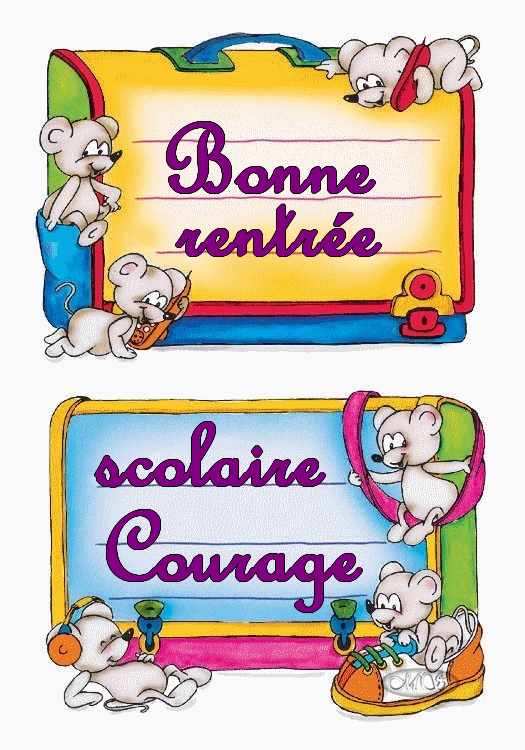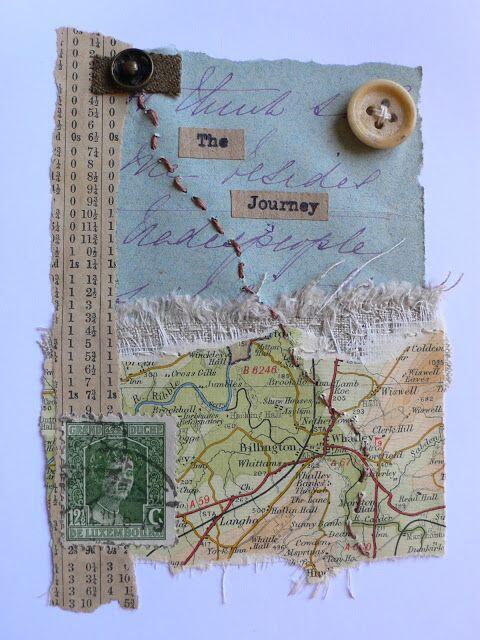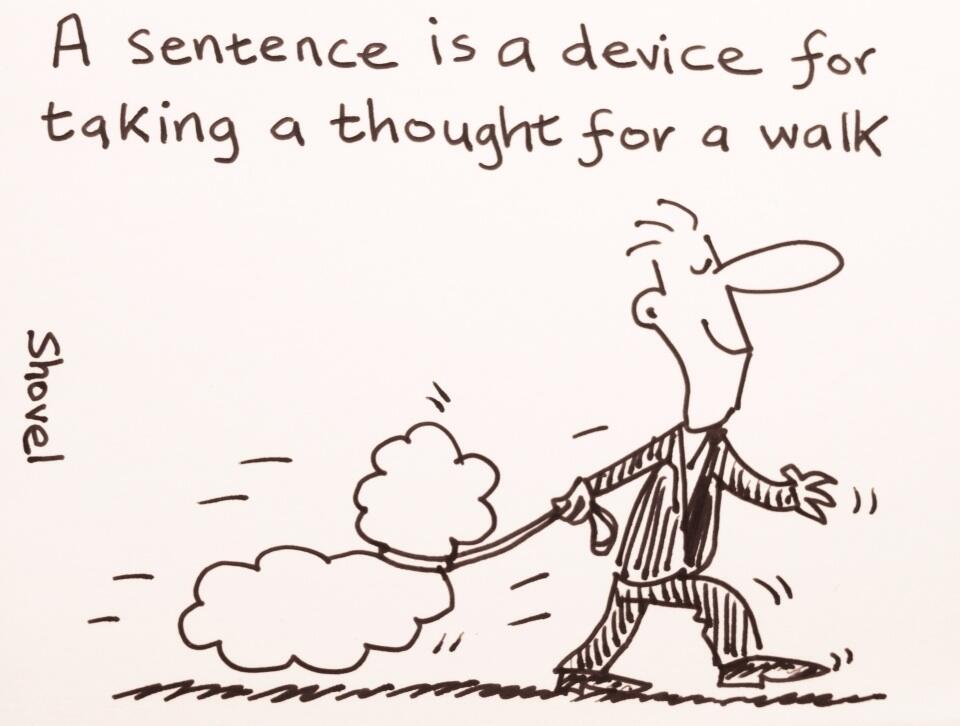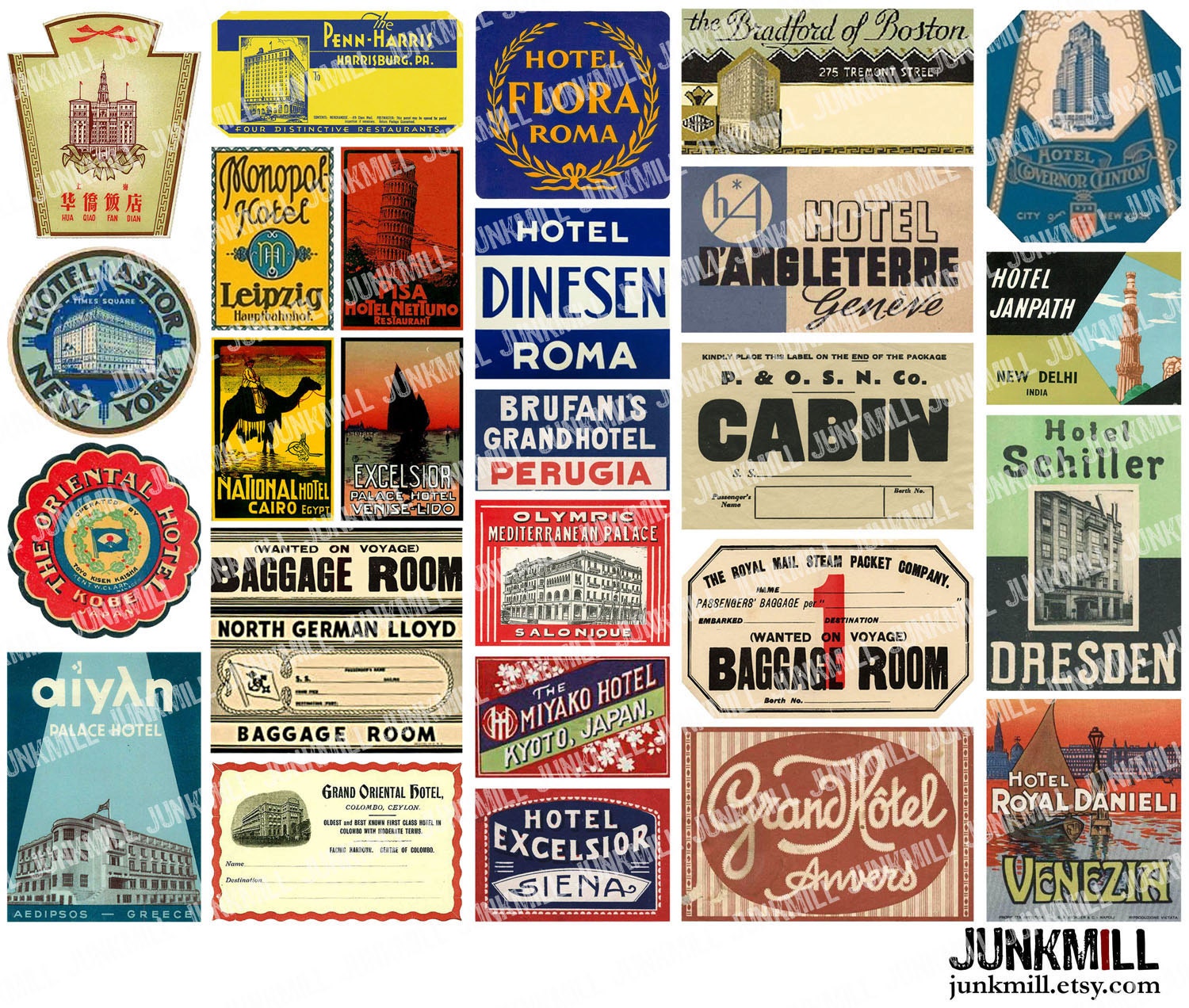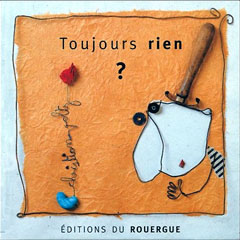Progress and Creativity in Primary Language Learning and the Implications for KS3
I am very excited about the opportunity to join language learning
together between KS2 and KS3 . On Friday I spoke at ALL about the progress and
creativity that is happening in primary
language learning and I suggested that in my opinion the implications for KS3 are
positive.
There will be a period
of change and development in my opinion and Year 7 teachers will need to consider the use of AfL and revisiting
and exploring prior learning and resources in the first term of Year 7.This will help not just to investigate and assess prior
learning but also to celebrate and welcome new pupils into the World of
secondary language learning .In my
opinion just like children want to meet mathematicians, geographers , historians
, artists , scientists , PE experts when they get to secondary schools so they
want to meet linguists!
The new POS states that KS2 should “lay the foundations for
further foreign language learning at Key Stage 3” and that in early KS3 language teachers “should build on the foundations of language learning laid at Key Stage 2, whether
pupils continue with the same language or take up a new one “.
What is the potential if we see the Summer break between Year 6 and Year 7 as a six week gap rather than a large
obstacle?
On either side of the gap language learning is taking
place. Using AfL and dialogue with other colleagues both in KS2 and KS3 we could explore
where the Year 7 children are in their learning when they enter Year 7? Shouldn't it be more about about monitoring and observing for a period of time to gain a clear picture of the individual child's ability to operate with and manipulate language and structure than testing and setting?
In all my teaching roles, as a HOD, Key Stage 3, a Key Stage 5 Co-ordinator and most recently a PL AST and consultant I know that I have always needed to mind the gap with all new classes at whichever stage they are in learning. At the start of a new year diagnostic informal formative assessment
of where new learners are at in their learning is so important, isn't it?
By this I don't mean testing ,
but establishing routines and activities that allow the class teacher to listen , watch, explore and challenge the new language learners. Groupings within the class can be informed over time by this information.
Dialogue with and between KS2 and KS3
colleagues
will be key .
The gap is six weeks.
The fix is not necessarily quick
but can be at every stage in
the process informative and effective for the specific Year 7 cohort
of the academic year.
The picture (right) shows a recent meeting between primary and secondary language teachers.These teachers have been involved in dialogue via email and indirect coordinator dialogue for three years. Now they are beginning to work together and meet together to decide next steps forward.They are finding out about and trusting each others approaches and judgements. It takes time but each year the next new cohort of Year 7 have benefited from the transfer of knowledge between theses teachers and the slowly dripping tap implementation of shared approaches to learning and resources. It's definitely not a quick fix but there is now established trust and a developing dialogue between colleagues in both key stages. .
What does dialogue , sharing and minding the gap mean in practise?
In KS2 the new POS offers schools a series of aims to guide the curriculum.The following “Aims” help to drive progress
in the skills of listening , speaking , reading and writing .
In KS2 we stage the learning
progress over four years between Year 3 and Year 6 .
There are opportunities in Year 7 to
revisit the learning process in all these skill and language developmental stages and to share and use familiar tools and
resources with KS2 to help all the pupils in Year 7 make the transition to young secondary linguists.
Listening : Understand and respond to the spoken language (KS2)
Listening in KS2 that develops from listening attentively , to listening for key words to listening for key information in more complex sentences and texts
A example of a possible shared resource and activity! We are using Listening Sticks as a tool to listen for single items , a variety of items , more complex details ,
through to identifying core language in a more complex text .
Implications for KS3 Y7 Autumn term ?
Why not revisit the skills, staging activities from
the simplest to more complex listening challenges using an agreed shared tool and
type of activity (e.g .listening sticks game). Why? Well the children will know
what is required of them , will listen attentively to new language and will be
able to demonstrate through the more complex sentence activities what they can
already understand .
Speaking : Speaking with increasing confidence (KS2)
In KS2 the children learn to say single words and phrases and they move on to simple questions and answers. They build personal information dialogues
and then they are able to use these dialogues as a platform to develop
conversations .
A example of a possible shared resource and activity!Take a look at the totem poles blog post to see how one resource can facilitate activities
which allow for this development of speaking with increasing confidence not only across KS2 but in to KS3 .
Implications for KS3 Y7 Autumn Term?
Why not revisit questions
and answers the children know? Allow children to share their own knowledge of questions and
answers and to teach each other key phrases.Pair children together who have had different learning experiences ,
maybe in different languages . Encourage them to apply the skills they have
built at KS2 using a familiar prompt resource e.g. the totem pole prompts to set
themselves their own learning goals to produce effective interesting conversations
Reading Understand and respond to written language from authentic sources (KS2)
In my opinion this is where it gets really interesting! KS2
children are already being taught to be able to apply their phonic knowledge to
say ,read and write familiar and unfamiliar words . What a gift for KS3 ! Phoneme
– grapheme transfer -what transferable skills across all target language
learning .
KS2 children are also being taught how to use bi-lingual dictionaries
to access meaning and to find new words they hear or want to say, read and
write .They appreciate the value of the bi-lingual dictionary just like they do
the calculator in maths . Again what a gift at KS3 and what transferable skills
across all target language learning.
Implications for KS3 Y7 Autumn Term:
Why not build upon and strengthen the skills described mentioned above . Make sure all children can access and use bi-lingual
dictionaries . Allow them to see how the skills they used in one target
language with the bi-lingual dictionary and their understanding and use of phoneme grapheme transfer are transferable to
their new language learning situation .
Possible shared resources and activities ?Why not revisit familiar texts at appropriate times in
Autumn term Y7 and introduce new texts that challenge and interest the young
pupils e.g. non-fiction texts , newspaper and magazine articles , sub titles to
geographical and historical clips etc?
Writing .Can write at
varying length for different purposes and audiences (KS2 ) .
Examples of possible shared resources and activities!Take a look at the KS2 writing examples on the power point presentation . We use air writing , smoke signals , creative descriptions such as jungle animal sentences to create shape sentences , messages in a bottle (ppt picture) , draft tweets (ppt picture) to encourage all our young learners to progress confidently from single words and phrases to more complex texts
often written from memory .
Implications for KS3 Y7 Autumn Term
Why not embrace the new year 7
pupils ability to use a bi-lingual dictionary as described above? Pair up the more experienced dictionary user with a less
experienced user . Offer the learners new writing challenges using familiar approaches
e.g. the shape sentences , the messages in bottles or the draft tweets and set them new challenges to try to write accurately from memory using familiar language from KS2 .
Maybe something like the work we are developing based on Who are you? with KS2 Y6 children and
the same children when they enter KS3 Y7 this Autumn 2014 could be useful for your own KS2 KS3 transition programme.
And last but definitely not least the challenge of grammar
Our young KS2 learners start asking about nouns and the
different words we put before the actual noun from about Spring Year 3 . We have tried to express the way the
young learner sees grammar through our Grammar Stepping Stones on nouns, adjectives
an verbs
Yes this is a work in progress but we are progressing .
In the blog post "the verb "to have" and a wizard's potion you can hear and find out how a
non-specialist Y6 teacher has been allowing the children to re-explore nouns
and develop their initial understanding
of the conjugation of the verb to have in the present tense. We supported the teacher with materials so hat she could develop her own teaching and learning based upon a wizard's potion
Implications for Y7 Autumn Term 1
Why not use working walls to allow the children to share their drafts and ideas as they progress through their written activities?
Buddy up children with prior knowledge of verbs with children who need support to understand more about how to apply simple grammatical rules.
Maybe a good place to start in
Y7 by setting a personal information writing task and revisiting and practising
the verb to be , to have , to be called , to like and then using working walls to allow all the
children to access each other’s rough drafts so that everyone can attempt a
piece of present tense writing .
So I am excited by the challenges of the new POS.
I think that we can achieve
a continuum
of effective language learning. The progress we are now making in
KS2 means that there needs to be effective dialogue between Year 6 and Year 7 language teachers. A culture of sharing of types of
learning and tools and resources and a two way conduit between language coordinators in KS2 and KS3 needs to be carefully established. The conversations between colleagues can help to find ways forward to revisit prior learning , challenge and celebrate the new
learners in Year 7. Remember these new learners will be very excited to be working with secondary “linguists” .



